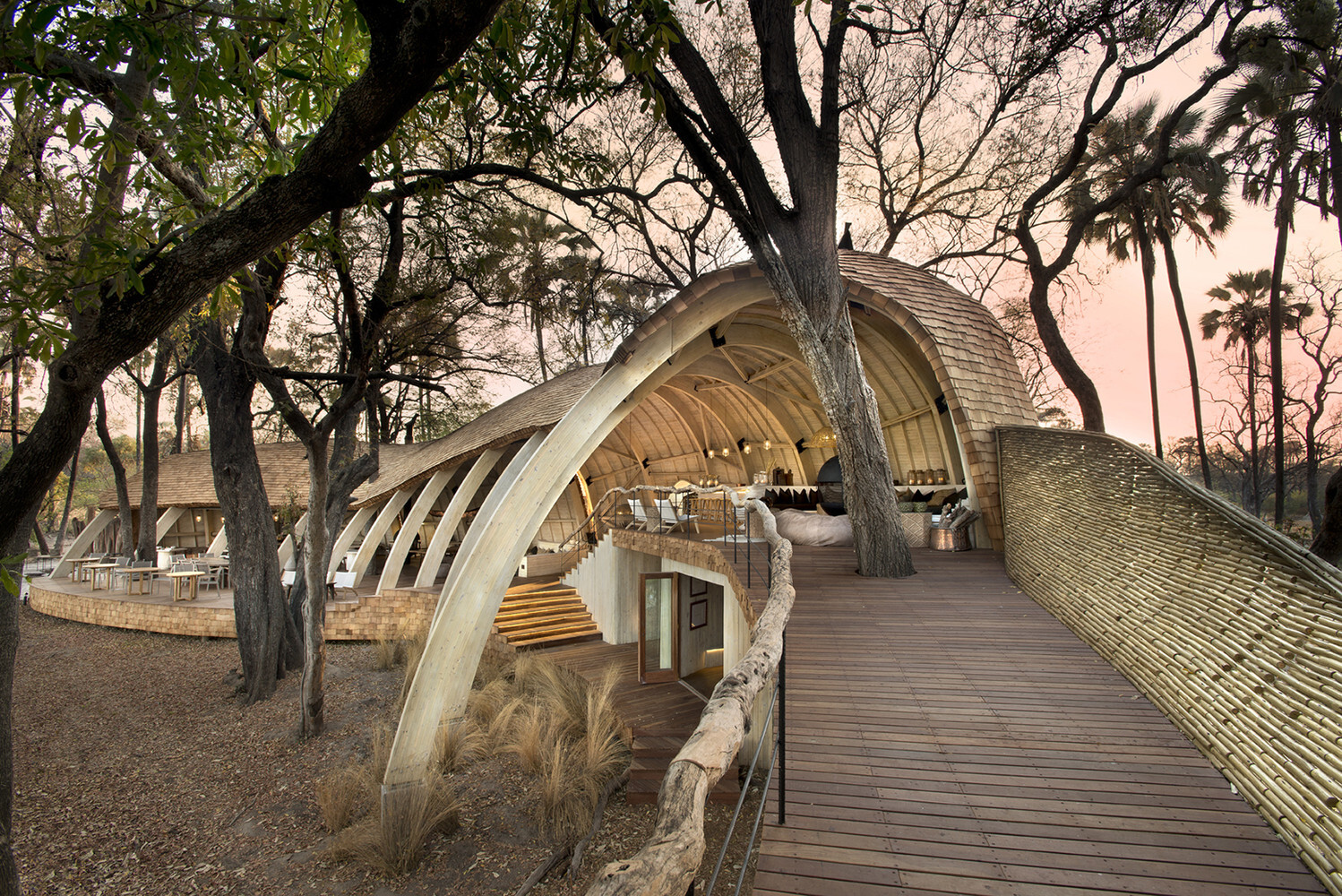
"Usually situated in national parks and game reserves, their remote locations make for costly journeys and are therefore suitable for luxury stays. Often overlooked as an architectural typology, many lodges risk falling into the trap of being contextually insensitive or crudely mimicking vernacular building methods, resulting in pastiche. On the other hand, the safari lodge sits at the intersection of the man-made and natural worlds, bringing together rural dwellers and townfolk, wealth and poverty, wildlife and humans."
"As its name suggests, the lodge's main purpose is to provide accommodation for safari-goers. The word comes from the Swahili term for journey or travel, which itself originates in Arabic. As an activity, to travel overland to observe wildlife, it traces its origins to when Arabs and Europeans first arrived on the east coast of the continent, long before colonialism. The nineteenth century saw a boom in the pastime, further reinforced by literary works such as those by Jules Verne, H. Rider Haggard."
Safari lodges in Eastern and Southern Africa attract international tourists seeking landscapes and wildlife and are typically located in national parks and game reserves. Remote siting makes access costly and positions lodges within the luxury market. Many lodges receive little architectural attention, risking contextually insensitive designs or crude mimicry of vernacular methods that produce pastiche. The lodge mediates man-made and natural environments and connects rural dwellers and townfolk, wealth and poverty, and wildlife and humans. The lodge name derives from a Swahili word for journey with Arabic roots, and overland wildlife travel expanded in the nineteenth century alongside literary reinforcement and the emergence of luxury tented encampments.
Read at ArchDaily
Unable to calculate read time
Collection
[
|
...
]